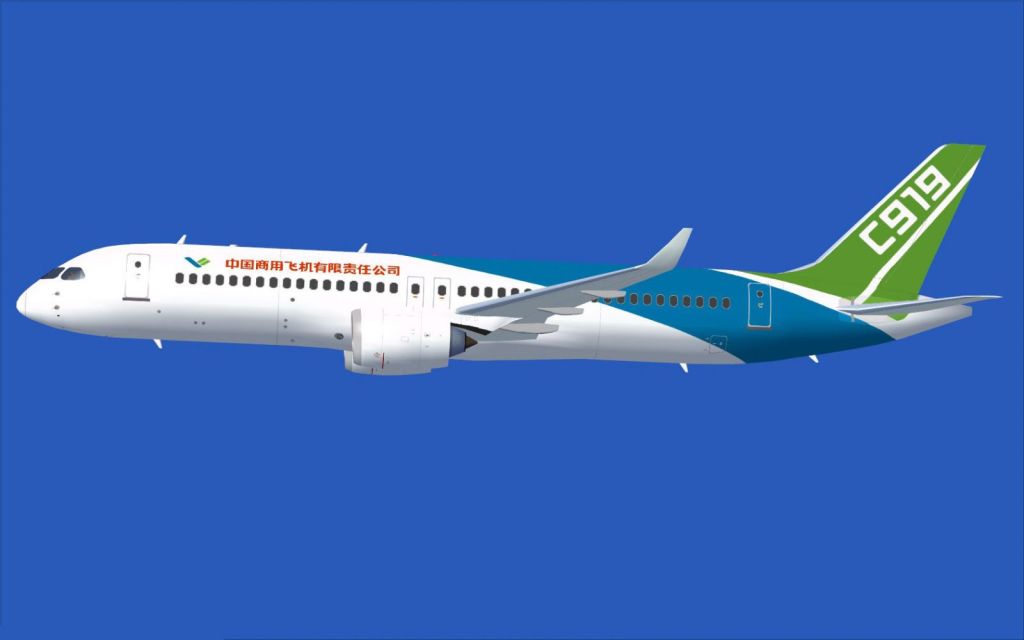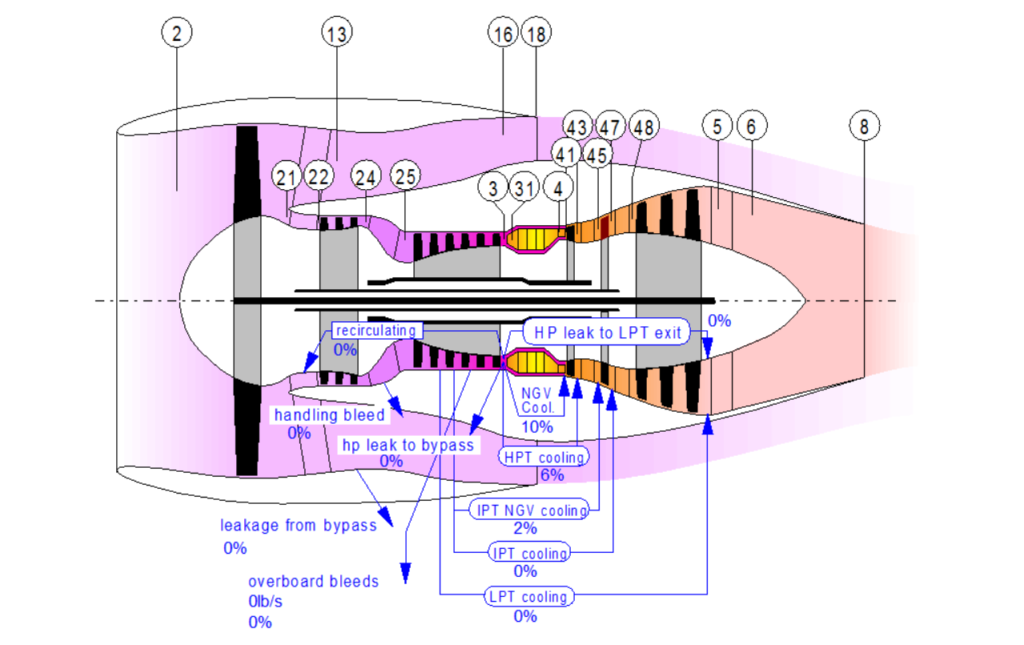Leeham News and Analysis
There's more to real news than a news release.
Leeham News and Analysis
- At long last, Boeing appears near certification and EIS for 777X
- Air India Flight 171 Preliminary Crash Report Is Unclear Regarding Pilot Actions
- Bjorn’s Corner: Air Transport’s route to 2050. Part 30.
- It’s official: MTU’s engine leader named CEO of Airbus Commercial from Jan. 1; future of Open Fan and A220-500 shifts to him
- Embraer E2: Where will the orders come from?
Bombardier optimistic about China
Subscription Required
Introduction
June 5, 2017, © Leeham Co.: Bombardier’s activities in China, where the fuselage for the CSeries is co-produced, have been at a standstill.
None of the Memorandums of Understand or Letters of Intent have been converted to firm

Bombardier Q400.
orders. A recent news report suggested renewed talks between COMAC, China’s commercial aircraft enterprise, and Bombardier over acquisition of the CSeries program
LNC sat down with Fred Cromer, president of Bombardier Commercial Airplanes, at the annual general meeting of IATA to discuss these and other issues.
Summary
- An update on the COMAC-CSeries relationship.
- An update on the slow-selling Q400 and CRJ programs.
- An update on the oft-discussed CS500.
Read more
Posted on June 6, 2017 by Scott Hamilton
ATR, Boeing, Bombardier, China, Comac, CSeries, Delta Air Lines, Embraer, IATA, Pratt & Whitney, Premium
ATR, Boeing, Bombardier, China, Comac, CS100, CS300, CS500, CSeries, Delta Air Lines, Fred Comer, GTF, IATA, Pratt & Whitney
MC-21 and C919 compared
By Bjorn Fehrm
Subscription required.
Note: With the first flight of the Irkut MC-21 in the weekend, we move the Qantas Ultra Long Haul article Part 2 to a later date.
Introduction
June 01, 2017, ©. Leeham Co: Irkut’s MC-21 and COMAC’s C919 both completed their first flights during last month. Both are new competitors in the market’s hottest segment, that for 150 to 240 seats.
They both challenge the present rulers: Airbus’ A320 and Boeing’s 737 MAX. We made first analysis of the aircraft against their Western competition here, here and here.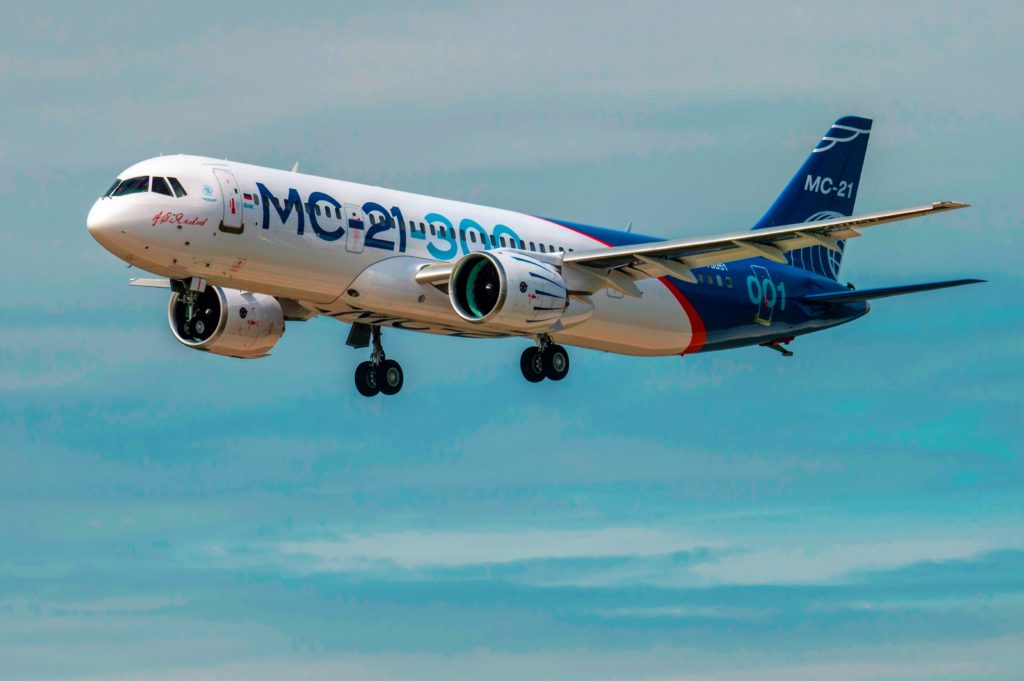
We now dig deeper with a direct comparison between the MC-21 and C919 projects.
Summary:
- In the first article, we compare the projects, the structural concepts and the aerodynamics of the MC-21 and C919.
- Follow up articles will compare systems, cabins and overall performance for the aircraft.
Posted on June 1, 2017 by Bjorn Fehrm
Paris Air Show Preview
Subscription Required
Introduction
May 22, 2017, © Leeham Co. The Paris Air Show begins June 17, and few in the industry expect much in the way of orders this year.
The order cycle is on the downward side of the bell curve. Sustaining the 2,000, 3,000 or nearly 4,000 gross orders announced 2011-2013 simply couldn’t be achieved. The “order bubble” had to break, and it did. Last year, Airbus and Boeing reported some 1,400 orders between them.
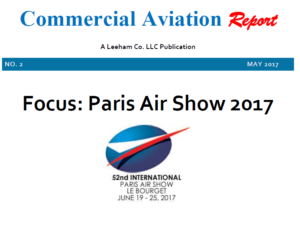 Airbus guides that it will tough to achieve a 1:1 book:bill this year. Boeing is running about 1:1 book:bill so far but it also guides conservatively. Still, LNC thinks Boeing might surprise this year–and some of this could be at the Paris Air Show.
Airbus guides that it will tough to achieve a 1:1 book:bill this year. Boeing is running about 1:1 book:bill so far but it also guides conservatively. Still, LNC thinks Boeing might surprise this year–and some of this could be at the Paris Air Show.
Leeham Co.’s new publication, Commercial Aviation Report, provides a Focus Report on the Air Show. This encompasses the expectations for Airbus, Boeing, Bombardier, Embraer, COMAC, Irkut, Mitsubishi, CFM, GE Aviation, Pratt & Whitney and Rolls-Royce into one easy-to-read package.
The pre-airshow press briefings by the OEMs begin next week. We don’t expect any earth-shattering news from these and we wanted to get our views out ahead of these briefings.
Summary
- Boeing wants to launch the 737-10 MAX at the Paris Air Show. This could spur a group of orders that would give Boeing a rare win in the headlines vs Airbus on the latter’s home ground.
- Mitsubishi plans to have its MRJ90 at the Air Show. One airplane entered the paint shop for ANA colors–this might be the one making the appearance.
- Embraer expects to have its KC-390 there. Will the E195-E2 also make an appearance?
Posted on May 22, 2017 by Scott Hamilton
Pontifications: Emirates profits drop 83%, MC-21 and more news last week
May 15, 2017, © Leeham Co.: It was a busy news week last week.
- Emirates Airline headlined its 29th consecutive year of profits, but downplayed an 83% decline.
- The Irkut MC-21 moved to the tarmac, an indication first flight may be coming shortly.
- Multiple media reports indicate that electronics flight ban from the Middle East may be extended in part to all of Europe.
- Boeing suspended test flights on the 737 MAX after CFM discovered some quality issues in some LEAP 1B engines.
Let’s look at these events.
Posted on May 15, 2017 by Scott Hamilton
Airbus, Airlines, Boeing, CFM, Comac, Emirates Airlines, Irkut, Paris Air Show, Pontifications
737, 737 MAX, A320, Airbus, Boeing, C919, Comac, Emirates Airline, Irkut, MC-21
C919, the Chinese challenger
Subscription Required.
By Scott Hamilton and Bjorn Fehrm
May 01, 2017, ©. Leeham Co: The COMAC (Commercial Aircraft Corporation of China) C919 is expected to have its first flight this month, perhaps as early as this week. We review where the program stands and how it compares to its competition.
When the C919 program was launched in 2008, neither Airbus nor Boeing envisioned re-engining the A320 and 737 families. First flight was planned for 2014 and entry-into-service in 2016.
The C919 would have had economic and capital cost advantages over the A320 and 737NG. With program delays of at least four years, and maybe more, those advantages have been narrowed. Read more
Bjorn’s Corner: Aircraft engines, sum up
April 14, 2017, ©. Leeham Co: We’ve been talking engines on Fridays since October 2016. The Corners covered several areas, from technologies to operations.
And we could go on and dig deeper. But we will move on.
Before we go, we sum up what we have learned in the 24 Corners around airliner Turbofans.
Posted on April 14, 2017 by Bjorn Fehrm
CDB Leasing aims for 500-600 aircraft portfolio
Subscription Required
Introduction
March 16, 2017, © Leeham Co.: China’s evolving commercial aerospace and aviation industry has high-profile companies such as AVIC and COMAC, and its expanding supplier based, combined with joint ventures with Western companies is well known.
![]() Less well known is the growth in the aircraft leasing business. Increasingly, Chinese lessors are showing up on the order lists of the Big Four aircraft manufacturers. Still, there remains a bit of a mystery about the lessors and dynamics within China.
Less well known is the growth in the aircraft leasing business. Increasingly, Chinese lessors are showing up on the order lists of the Big Four aircraft manufacturers. Still, there remains a bit of a mystery about the lessors and dynamics within China.
LNC spoke with the newly appointed CEO of CDB Leasing during the ISTAT conference last week in San Diego.
Peter Chang has been in the Western leasing business for decades, employed in key positions with Aviation Capital Group, ILFC and Aircastle—usually with responsibility for China.
He was named CEO of CDB in December, a move that was announced during the January Dublin conferences of Airlines Economics and Airfinance Journal. More key personnel announcements were made during ISTAT.
In an exclusive interview, LNC asked Chang about the origins of CDB, other Chinese lessors, the current policy of restricting flow of Chinese cash outside the country, the Boeing 737-10 and the Bombardier CSeries.
Here is this interview.
Posted on March 16, 2017 by Scott Hamilton
Engine OEMs diverge on technology for next generation
March 7, 2017, © Leeham Co.: Representatives of the four major commercial engine
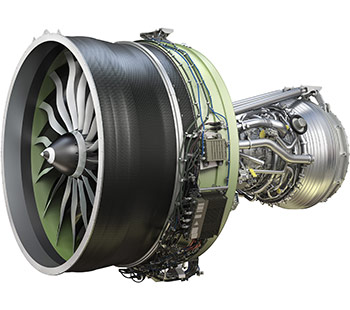
GE9X, the final engine in a decade-long engine renewal program for GE Aviation and CFM International
manufacturers have divergent views of the next round of engine development, either for the Middle of the Market/New Mid-range Airplane (NMA) or New Small Airplanes (NSA) coming in the next decade.
Officials of CFM, GE, Pratt & Whitney and Rolls-Royce appeared at the annual ISTAT conference in San Diego yesterday.
PW’s Rick Deurloo, SVP of Sales, Marketing Commercial Engines, had the added task of dealing with the highly-publicized teething issues surrounding its new Geared Turbo Fan engine on the Airbus A320neo.
Posted on March 7, 2017 by Scott Hamilton
Boeing Services expansion wise, necessary move
Subscription Required
Introduction
March 6, 2017, © Leeham Co.: Boeing CEO Dennis Muilenburg wants the company to participate in the aftermarket aircraft services business and set a goal of $50bn in revenue in the coming years.
He looks at Boeing’s current business, the former Boeing Commercial Aviation Services (CAS), and sees a single-digit market share in a worldwide trillion-dollar market potential. Muilenburg understandably wants a greater share of this.
But LNC believes there is an additional driver: the intensely competitive commercial airliner business faces even greater competition in the coming years. Prices are under pressure today. China is developing its own aerospace industry, which will eat into sales by Boeing (and Airbus) in the home market. Russia has ambitions to renew its home-market airliner industry.
Boeing’s new Global Services unit is a hedge against the prospect of falling profits at Boeing Commercial Airplanes as these factors converge.
Summary
- Airbus, Boeing single-aisle prices under pressure.
- A330/350 keeps 787 pricing down.
- Boeing’s NMA business case may depend on after-delivery services contracts.
Posted on March 6, 2017 by Scott Hamilton
Analyst puts Sell on Boeing stock in unusally bearish report
 Feb. 13, 2017, © Leeham Co.: In an extraordinarily bearish research note, boutique Buckingham Research Group (BRG) downgraded Boeing stock to Underperform (Sell) from Neutral (Hold) today.
Feb. 13, 2017, © Leeham Co.: In an extraordinarily bearish research note, boutique Buckingham Research Group (BRG) downgraded Boeing stock to Underperform (Sell) from Neutral (Hold) today.
BRG, which agrees with other aerospace analysts that Boeing stock is priced on free cash flow, sees FCF falling beginning next year. Buckingham predicts 737 production rates—which Boeing wants to boost to 57/mo to support FCF—will be short-lived.
Buckingham sees 777 Classic delivery rates dropping from Boeing’s target of 3.5/mo to “bottom out” at 2/mo.
Weak orders for the 787 means Boeing won’t increase production rates for the 787 from 12/mo to 14/mo. BRG predicts that in 2019 Boeing will announce a rate reduction from the current 12.mo to 7/mo on one production line, and this line will be only in Charleston (SC).
Boeing VP-Marketing Randy Tinseth speaks tomorrow at the annual Pacific Northwest Aerospace Alliance conference in Lynnwood (WA). Tinseth is always the eternal optimist in his presentations. We’ll see if he addresses anything in BRG’s bearish report.
Posted on February 13, 2017 by Scott Hamilton



